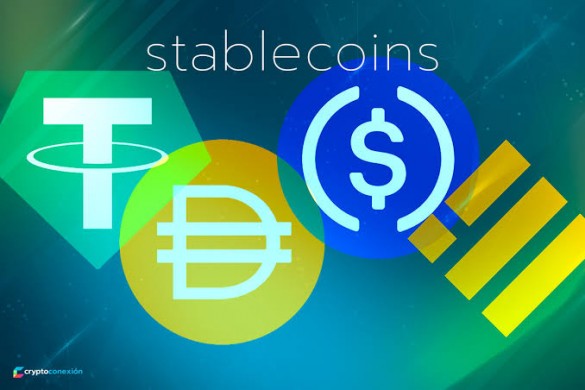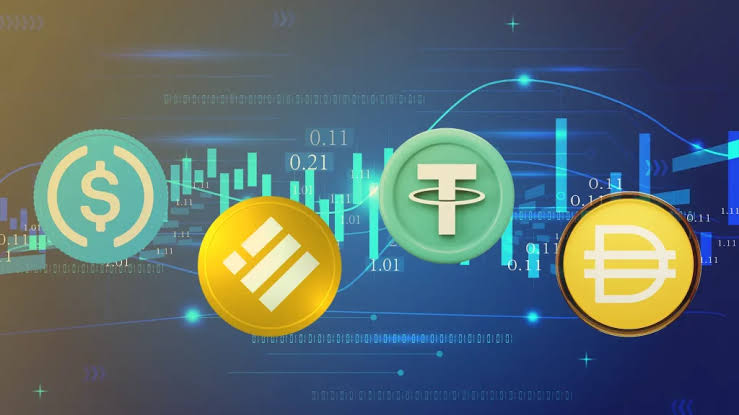Not long ago, stablecoins were dismissed as dull, confusing, or just another crypto fad destined to fade. But that perception is shifting fast. What once seemed niche is now shaping up to be one of the most disruptive forces in global finance—and with a recent legislative nod, the race has officially started.

Congress Just Pulled the Trigger
In a quiet move with potentially massive consequences, the U.S. Senate just passed the Genius Act. It barely registered in mainstream headlines, but make no mistake—it’s a seismic shift. The bill is now a step away from becoming law.
What’s the takeaway? In short, the
The Genius Act gives institutions the green light to distribute digital dollars without needing the traditional banking sector’s approval. It’s a message to legacy players like Visa and MasterCard: evolve or step aside. Stablecoins are no longer fringe—they’re now recognized as part of the official U.S. financial architecture. Regulated. Defined. Legitimatized.
The gates have opened.
Next in Line: Corporate America
So who’s ready to charge through? Every U.S. corporation with a balance sheet and a vision.
Why? Because stablecoins aren’t just about currency—they’re about control. In unstable economies, stablecoins are already outperforming local currencies. They’re fast, secure, dollar-backed, and accessible. They solve problems the lira, naira, and peso can’t.
And the revenue model? It’s practically a cheat code. If you issue a widely used stablecoin, you don’t need loans or branches—you park user deposits in U.S. Treasuries and collect the yield. That’s how Tether is pulling in over $6 billion annually. Now imagine that same model scaled by Amazon, Apple, or Walmart.
But their ambitions go beyond yield—they’re gunning for the $100B+ paid annually in card processing fees. By launching their stablecoins, they can bypass the Visa/MasterCard middlemen and turn their user base into a self-contained monetary network.
And now, they have the legal framework to do exactly that.
The Real Shockwave? Emerging Markets
The first wave of disruption won’t crash in New York—it’ll hit places like Nigeria, Turkey, Argentina, and Lebanon. In countries where inflation is rampant, trust in banks is low, and the population is hungry for a more stable financial alternative.
This isn’t hypothetical. It’s already in motion. The Genius Act just stepped on the gas.
And here’s the twist.
Owning the Digital Rails: The Stablecoin Power Play
The United States runs deep in the red, and keeping the dollar dominant is a matter of survival. Stablecoins offer a low-effort, high-impact way to export the dollar’s influence globally. Every time someone in another country sends remittances via USDT or pays for goods with a Circle-issued coin, the U.S. extends its reach—not with troops or trade deals, but with code.
And here’s where it gets strategic…
As real economic activity migrates onto these digital payment rails, the infrastructure powering them—Ethereum, Solana, Base, LayerZero, and more—becomes invaluable. These aren’t just blockchain platforms anymore. They’re becoming the core plumbing of global finance: settlement layers, toll roads, and transaction hubs.
Fees won’t just be measured in pennies—they’ll be levied across trillions in value.
This isn’t some long-term fantasy. The Genius Act is poised to accelerate everything. It’s the starting gun in a race to dominate a new financial ecosystem. And the prize? Control over a trillion-dollar future.
Forget memes. These networks are now vying to be the Visa, SWIFT, and NYSE of the next era—all rolled into one.
This isn’t speculation. This is arithmetic.
So, if one believes stablecoins aren’t just hype—if you see them as the foundation of a new global money system—then the real question becomes:
Who will win the infrastructure war? And how high could the stakes go?
Learn from market wizards: Books to take your trading to the next level

 Hot Features
Hot Features














